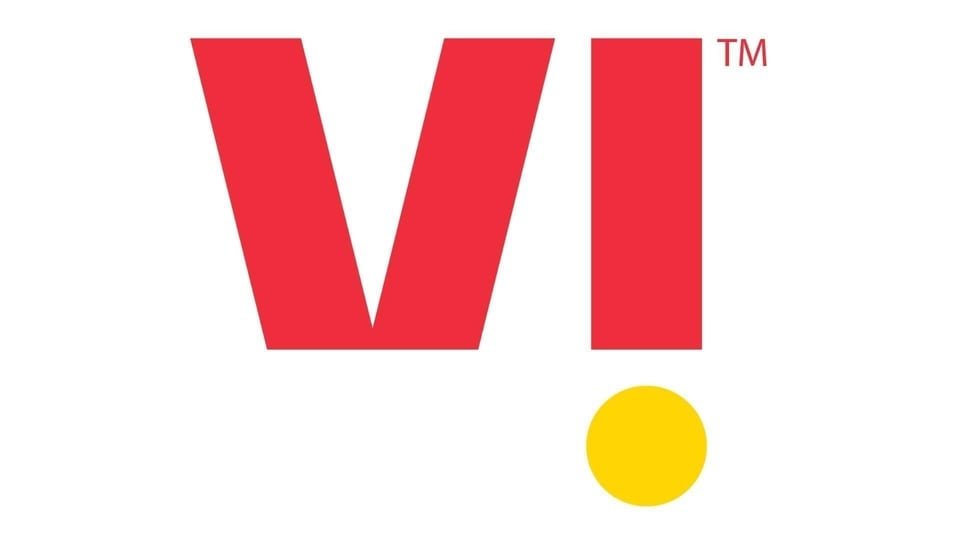Introduction
Vodafone Idea (Vi), one of India’s largest telecom companies, is currently pursuing satellite communication partnerships for connectivity in remote areas and underserved regions. Restructuring | Faced with financial struggles and intense competition from Reliance Jio and Bharti Airtel, Vi is now exploring partnerships with top satellite internet providers, such as — including Starlink (SpaceX) and Amazon’s Project Kuiper. This is a strategic shift that may well reshape the company’s role in India’s telecom sector.
- Communication in Remote Areas
- Installing conventional telecom network hardware, like fiber optic lines and cellular switches, is costly and demanding, particularly in the country-side and hinter lands.
- It can reduce the cost of satellite connectivity and facilitates high-speed internet access for remote locations where the deployment of physical fiber is impractical.
2.Jio and Airtel Putting Competitive Pressure
- Both Reliance Jio and Airtel have forged partnerships with Starlink to make high-speed satellite broadband available in India.
- As a media company, Vi needs to innovate and not limit itself to urban centers.
3.Patting Its Back and Future-Proofing Its Business
- As 5G and fixed wireless access (FWA) are on the rise, their integration with satellite would put Vi ahead of the game.
- The company will make a ₹50,000-₹55,000 crore investment in network infrastructure hoover the next three years
Why is Vodafone Idea looking to Satellite Communications?
Vodafone Idea 5G rollout plans
- Vi has commenced 5G services in Mumbai, Delhi & Bengaluru.
- 5G fixed wireless access (FWA): The company is testing trials to see if it would work.
- Financial issues have made Vi silly in expanding 5G unlike rival, however, the company is auditioning pioneers to overcome sluggish growth
Satellites Adoption Challenges

- Regulatory Approvals: Starlink is yet to receive a commercial licence in India for its operations.
Some of the disadvantages include: – High Costs: Outages forms a major cost in the satellite internet price Compared to fiber based broadband usage, the costs for satellite internet is through the roof Could reduce adoption inside price sensitive rural markets. - Infrastructure Integration: Where Vi needs to pop the champagne is to ensure the mainstream satellite technology catches up to the telecom lines.
Vodafone Idea’s Satellite Ambition: A Strategic Move for Survival and Growth
This title suggests that Vodafone Idea’s decision to enter the satellite communication sector is both a necessity and an opportunity. Let’s break it down:
1. Satellite Ambition
This refers to Vodafone Idea’s plan to invest in satellite-based communication technology. It highlights the company’s vision of expanding its connectivity solutions beyond traditional mobile networks.
2. A Strategic Move
The phrase emphasizes that this decision is not random but a calculated business strategy aimed at securing the company’s future in the competitive telecom industry.
3. For Survival
- Vodafone Idea has been struggling financially, facing intense competition from Jio and Airtel.
- The company is losing subscribers and needs new revenue streams.
- Investing in satellite technology could help it stay relevant and avoid further decline.
4. And Growth
- While survival is crucial, the investment in satellite communication also opens doors for expansion.
- It allows Vodafone Idea to reach rural and remote areas, offering internet where traditional mobile networks fail.
- This move could bring in new customers, business clients, and government contracts, helping the company grow.
The Biggest Challenges Facing Vodafone Idea’s Satellite Ambition
This title highlights that Vodafone Idea’s satellite plans are ambitious but face significant hurdles. Let’s break it down:
1. The Biggest Challenges
- This phrase sets a negative yet intriguing tone, making readers curious about what obstacles Vodafone Idea must overcome.
- It suggests that the issues are serious and could impact the company’s satellite plans.
2. Facing Vodafone Idea’s Satellite Ambition
- Facing :implies that the company is actively dealing with or will encounter these problems.
- Satellite Ambition: highlights Vodafone Idea’s goal to enter the satellite communication sector.
Conclusion
Vodafone Idea’s interest in Starlin and Amazon’s Kuiper represents a significant strategic pivot towards satellite communication. Tasks such as this one would further drive Vi’s efforts to grow its presence and reinforce its standing as a digital service provider and player in the business ecosystem. The picture of Vi’s future in satellite broadband will be clearer over the coming months as regulatory approvals and technical evaluations progress.
Here are 10 fact-based questions along with human-friendly answers about Vodafone Idea’s satellite ambition:
- What is the strategy behind entering the satellite communication sector?
The company aims to leverage satellite technology to expand network coverage, improve connectivity in remote areas, and strengthen its position in India’s competitive telecom market. - How can satellite-based services help improve financial position?
The company can generate new revenue streams by offering satellite-based internet and communication services, helping reduce losses and attract more customers. - What are the key benefits of satellite communication for telecom operators?
Telecom operators can use satellite technology to provide seamless connectivity in areas where mobile towers are not feasible, improve data speeds, and enhance network reliability. - How does this satellite plan compare with competitors, such as Jio and Airtel?
The company is still in the early stages of its satellite ambitions, while competitors like Jio and Airtel have already partnered with global satellite providers. Quick action is needed to stay competitive. - What partnerships or collaborations are being explored for satellite initiatives?
Potential collaborations with space agencies like ISRO or private satellite companies can provide access to advanced satellite communication technology. - How will satellite connectivity impact existing network infrastructure?
Integration with the existing network will enhance coverage in remote and underserved regions, ensuring uninterrupted communication. - What regulatory approvals are needed to launch satellite-based services in India?
Approvals are required from regulatory bodies such as the Department of Telecommunications (DoT), the Indian Space Research Organisation (ISRO), and the Telecom Regulatory Authority of India (TRAI). - How can satellite internet help expand services in rural and remote areas?
Satellite internet can provide high-speed connectivity in rural villages, mountainous regions, and coastal areas where traditional telecom infrastructure is limited. - What are the major challenges in implementing satellite technology?
Challenges include high investment costs, regulatory barriers, competition from established satellite service providers, and the need for advanced technical expertise. - How does this satellite ambition align with India’s digital transformation goals?
Investing in satellite technology supports India’s digital vision by bridging the connectivity gap and providing reliable internet access to underserved communities.






